Introduction
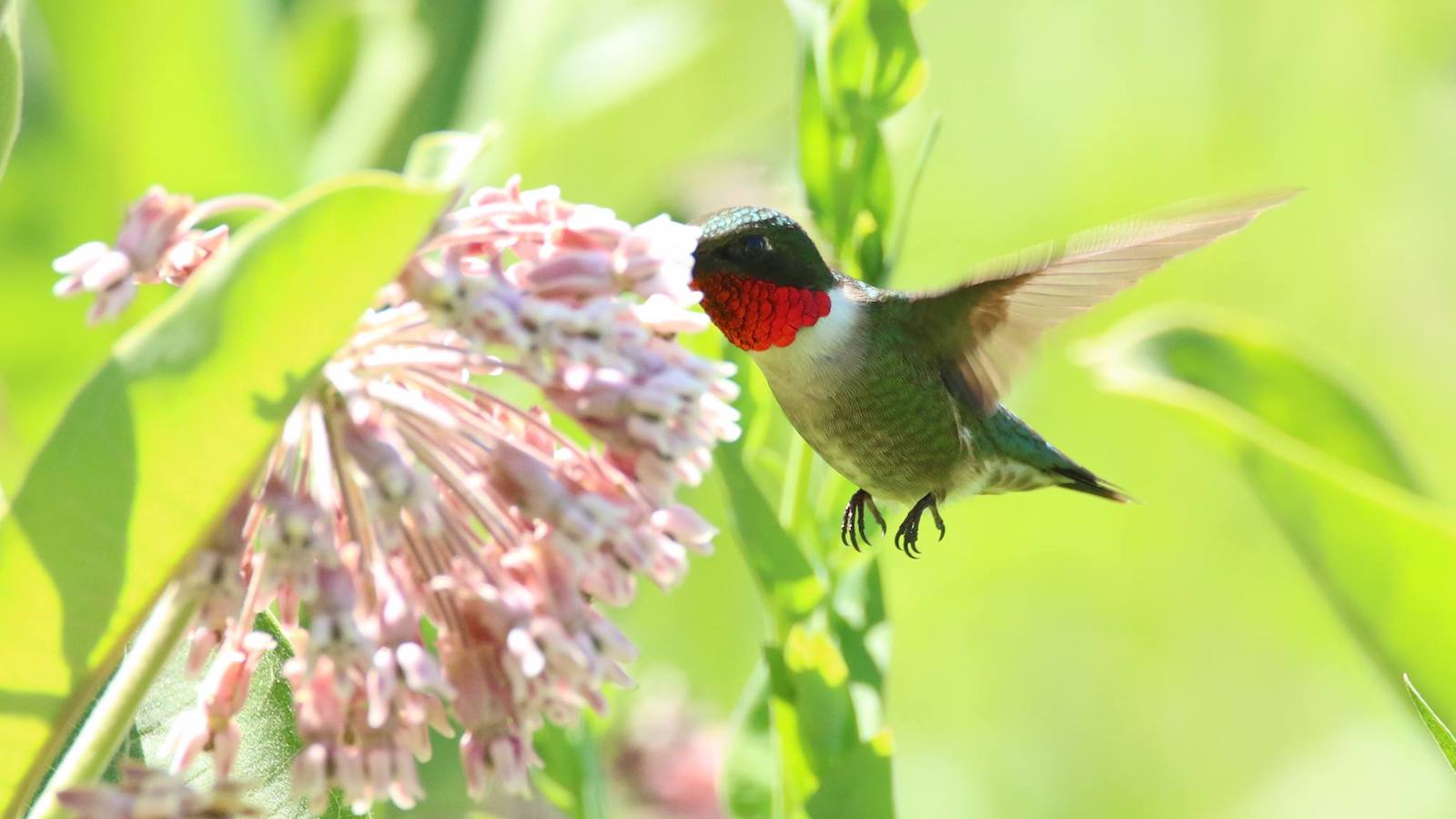
Birds and their habitats share a vital connection, as each bird species relies on a specific habitat for survival and reproduction. In this article, we will explore the diverse habitats that birds inhabit and examine their importance in supporting avian life.
Definition of Habitat
A habitat is the natural environment or specific area where a bird lives and thrives. It includes physical and biological features that provide the necessary conditions for a bird’s survival and reproduction, such as climate, vegetation, food sources, water availability, and shelter.
A bird’s habitat shapes its behavior, feeding patterns, nesting habits, and interactions with other organisms. For example, a forest habitat may provide cover and diverse food sources for certain bird species, while a wetland habitat offers nesting sites and abundant aquatic prey for waterfowl.
Definition of Bird
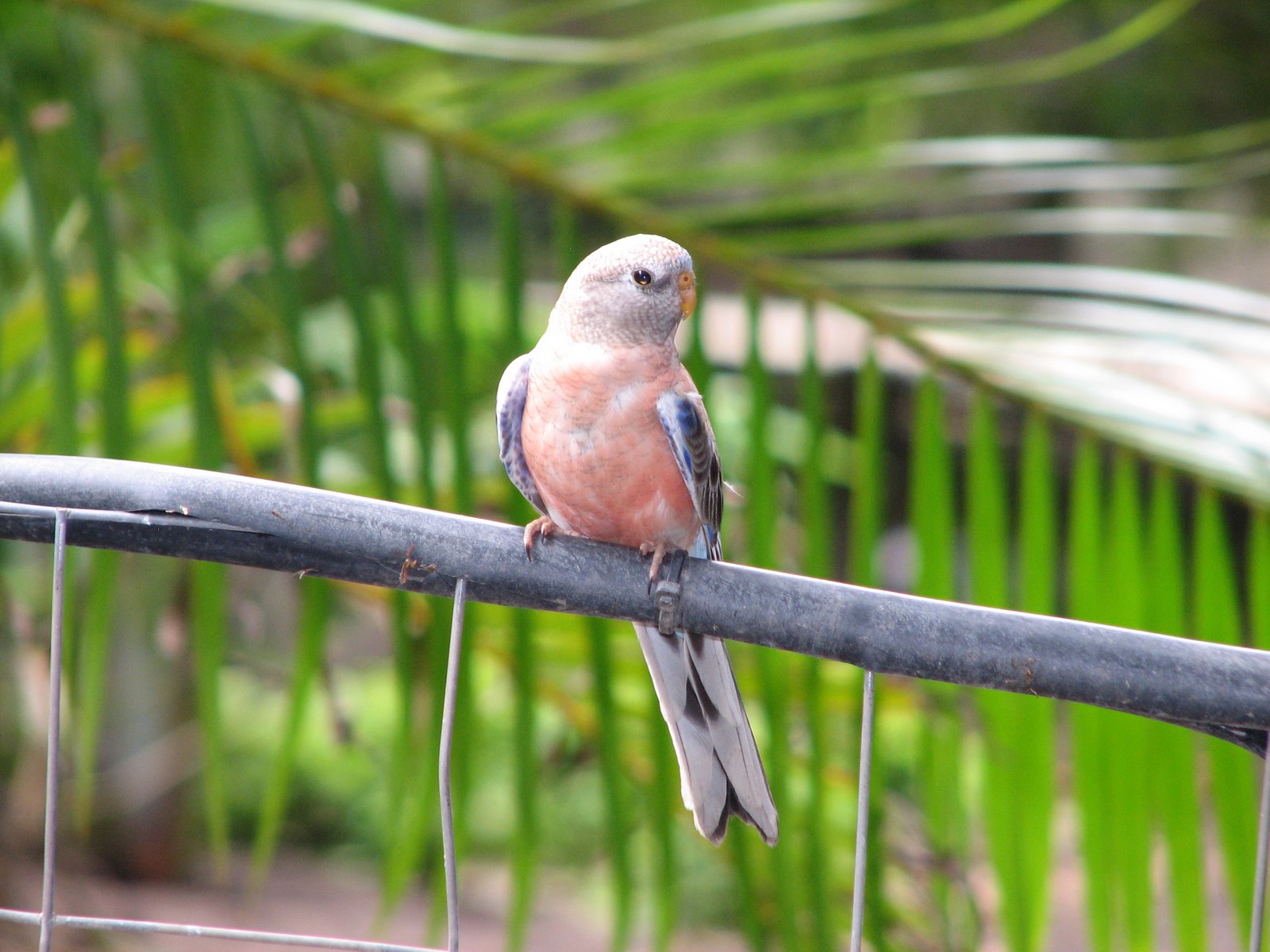
Birds are warm-blooded vertebrates belonging to the class Aves. They have unique features like feathers, beaks, wings, and the ability to lay hard-shelled eggs. With over 10,000 known species, birds exhibit remarkable diversity in size, shape, coloration, and behavior.
Birds have adapted to occupy various habitats worldwide, ranging from tropical rainforests to deserts, mountains, and urban areas. These adaptations include variations in beak shape, wing size, and plumage coloration, allowing birds to exploit different food sources, navigate diverse landscapes, and engage in complex behaviors.
Beyond their physical characteristics, birds play vital ecological roles within their habitats. They provide essential services such as pollination, seed dispersal, and insect control. Additionally, birds serve as indicators of environmental health, as changes in their populations or behaviors can signal shifts in ecosystem dynamics.
In the following sections, we will delve into different habitat types, explore specific avian habitats, migration patterns, and the impact of human activity on bird habitats. By understanding the intricate relationship between birds and their habitats, we can work towards protecting and preserving these environments for the benefit of avian species and our planet.
2. Habitat Types

Birds inhabit a wide range of habitats, each with its own unique characteristics and resources. Understanding these habitats is essential to grasp the diversity of bird species and their adaptations. Here are some key habitat types where birds can be found:
a. Forest Habitats

Forests are lush ecosystems characterized by a dense canopy of trees, providing a complex vertical structure and diverse microhabitats. Within forest habitats, birds occupy different layers, including the canopy, understory, and forest floor.
Canopy-dwelling birds, such as toucans and macaws, have adapted to life in the treetops. They possess specialized beaks for feeding on fruits and seeds found in the upper reaches of the forest. These vibrant and vocal birds play crucial roles in seed dispersal and pollination.
Understory birds, like thrushes and warblers, inhabit the lower levels of the forest. They forage for insects and build their nests amidst the dense vegetation, using subtle plumage patterns for camouflage from predators.
Forest floor birds, such as quails and pheasants, prefer the ground level. They rely on a mix of vegetation and open areas for feeding and nesting, searching for insects, seeds, and other invertebrates.
b. Grassland Habitats
Grasslands are expansive habitats dominated by grasses and herbaceous plants, with few or no trees. Birds in grassland habitats have adapted to open spaces and can be found nesting on the ground or in low vegetation.
Species like meadowlarks and larks are known for their melodious songs. They often perch on tall grasses or fence posts, using these elevated positions to sing and defend their territories. These grassland birds have evolved unique vocalizations and behaviors to communicate and attract mates.
Birds in grassland habitats have specialized diets, feeding on seeds, insects, and small vertebrates. They may migrate to other areas during different seasons, following the availability of resources. The vastness of grasslands allows for the formation of impressive flocks, where hundreds or even thousands of birds gather together in spectacular displays.
c. Desert Habitats

Desert habitats are arid environments characterized by limited vegetation and extreme temperature fluctuations. Certain bird species have evolved remarkable adaptations to thrive in these challenging landscapes.
Desert birds are often equipped with physical features that enable them to conserve water and withstand high temperatures. Some species, like the roadrunner, have long legs for efficient movement on sandy terrain, while others, such as the burrowing owl, have adapted to nesting in underground burrows to escape the desert heat.
Water sources play a crucial role in desert habitats, attracting a diverse array of bird species. Desert oases become vital feeding and resting sites during migration, supporting various water-dependent birds, including waterfowl and shorebirds.
d. Wetland Habitats
Wetlands are dynamic habitats characterized by the presence of water, such as marshes, swamps, and bogs. These ecosystems provide essential breeding, foraging, and resting grounds for numerous bird species.
Wetland habitats support an incredible diversity of waterbirds, including ducks, herons, and egrets. They have evolved specialized adaptations for wading and swimming, such as long legs, webbed feet, and elongated beaks for capturing prey in water or mud.
The dense vegetation and abundance of insects in wetlands attract other bird species as well. Warblers, rails, and kingfishers utilize the wetland environment for nesting and foraging. Wetlands also serve as critical stopover sites for migratory birds during their long journeys.
e. Aquatic Habitats
Aquatic habitats include freshwater bodies such as lakes, rivers, and ponds, as well as marine environments like oceans, seas, and estuaries. Birds that inhabit aquatic habitats have adapted to life on or near the water, utilizing its resources for feeding, nesting, and survival.
Waterfowl, such as ducks and geese, are well-known inhabitants of aquatic habitats. They possess specialized bills for filtering and straining food from the water, and their webbed feet aid in swimming and diving. These birds often form large flocks and undertake seasonal migrations, following water availability and food abundance.
Seabirds, including gulls, terns, and albatrosses, are adapted to life in marine habitats. They spend the majority of their lives at sea, relying on marine food sources such as fish, squid, and krill. Seabirds have developed efficient wings and streamlined bodies for long-distance flight and are renowned for their ability to traverse vast oceanic expanses.
f. Urban Habitats
Urban habitats, shaped by human activities, are increasingly becoming home to a variety of bird species. Cities offer a mosaic of habitats, ranging from parks and gardens to rooftops and urban green spaces. While urbanization poses challenges to many bird species, some have successfully adapted to urban environments.
Birds in urban habitats often exploit available resources such as food and nesting sites in buildings and parks. Species like pigeons and sparrows have become well-adapted to urban life, utilizing artificial structures for nesting and relying on human-associated food sources.
Urban areas also provide opportunities for birdwatching and citizen science initiatives, allowing people to appreciate and contribute to the conservation of bird populations amidst the concrete jungles.
As we explore the diverse avian habitats, it becomes evident that birds have evolved a remarkable array of adaptations to thrive in various environments. In the following sections, we will delve into specific avian habitats and examine the unique characteristics and adaptations of birds within those habitats.
Avian Habitats: A Closer Look

Woodpeckers
Woodpeckers are fascinating birds that thrive in various habitats, including forests, woodlands, and urban areas with trees. They are particularly drawn to deciduous forests, where they excavate cavities in trees for nesting and foraging. Dead or dying trees are especially appealing to woodpeckers as they provide a ready source of food in the form of insects and larvae.
These remarkable birds have developed specialized adaptations for their unique lifestyle. With strong beaks, woodpeckers drum on wood, excavate holes, and probe for food. Their sturdy, clinging feet enable them to move vertically and even upside down with ease.
Owls
Known for their mesmerizing beauty and captivating nocturnal habits, owls inhabit a wide range of habitats, including forests, woodlands, grasslands, deserts, and urban areas. However, mature forests that offer a mix of open areas for hunting and dense trees for nesting are often associated with owls.
Being primarily nocturnal hunters, owls rely heavily on their exceptional vision and hearing to locate and capture prey. Their keen senses, combined with their silent flight, make them highly efficient predators. Many owl species nest in tree cavities, while others make use of abandoned nests or burrows.
Waterfowl
Waterfowl encompass a diverse group of birds, including ducks, geese, and swans. They can be found in a variety of aquatic habitats such as lakes, ponds, rivers, marshes, and coastal areas. These habitats serve as breeding, feeding, and resting grounds for waterfowl.
Freshwater habitats, such as wetlands and marshes, play a crucial role in supporting waterfowl populations by providing abundant food sources, nesting sites, and refuge from predators. Many waterfowl species undertake long-distance migrations, utilizing a network of wetland habitats along their migratory routes.
Hummingbirds
Renowned for their vibrant colors, incredible agility, and unique flying abilities, hummingbirds primarily inhabit the Americas, from Alaska to Tierra del Fuego. They can be found in various habitats, including forests, woodlands, gardens, and high-altitude regions.
These tiny birds have a strong affinity for nectar-rich flowers, which serve as their primary source of food. With long, slender bills and specialized tongues, hummingbirds extract nectar from deep within flowers. Their ability to hover in mid-air and fly backward adds to their charm and makes them a delight to observe.
Seabirds
Seabirds are a diverse group of birds that have adapted to life in marine environments. They inhabit coastal regions, islands, and offshore areas across the globe. Seabirds rely on the ocean for their survival, with many species being expert divers and swimmers.
Often congregating in large colonies, seabirds nest on cliffs, rocky outcrops, or in burrows on islands. They have evolved various feeding strategies, including plunge-diving, surface-diving, and scavenging on fish and other marine organisms. Seabirds play a vital role in marine ecosystems, contributing to nutrient cycling and acting as indicators of ocean health.
Raptors

Raptors, also known as birds of prey, are formidable hunters with sharp talons and hooked beaks. They can be found in diverse habitats worldwide, including forests, grasslands, deserts, mountains, and urban areas. Known for their exceptional hunting skills and aerial acrobatics, raptors inspire awe and admiration.
Occupying the top of the avian food chain, raptors prey on a variety of animals, including small mammals, birds, reptiles, and fish. Some species, such as eagles and hawks, build nests in trees or on cliffs, while others, like falcons, utilize natural cavities or abandoned nests.
By exploring the specific habitats of these avian species, we gain a deeper understanding of their ecological niche and the intricate connections they have with their environment. Each habitat provides unique resources and challenges, shaping the behavior, adaptations, and survival strategies of these remarkable birds.
Migration and Seasonal Habitats
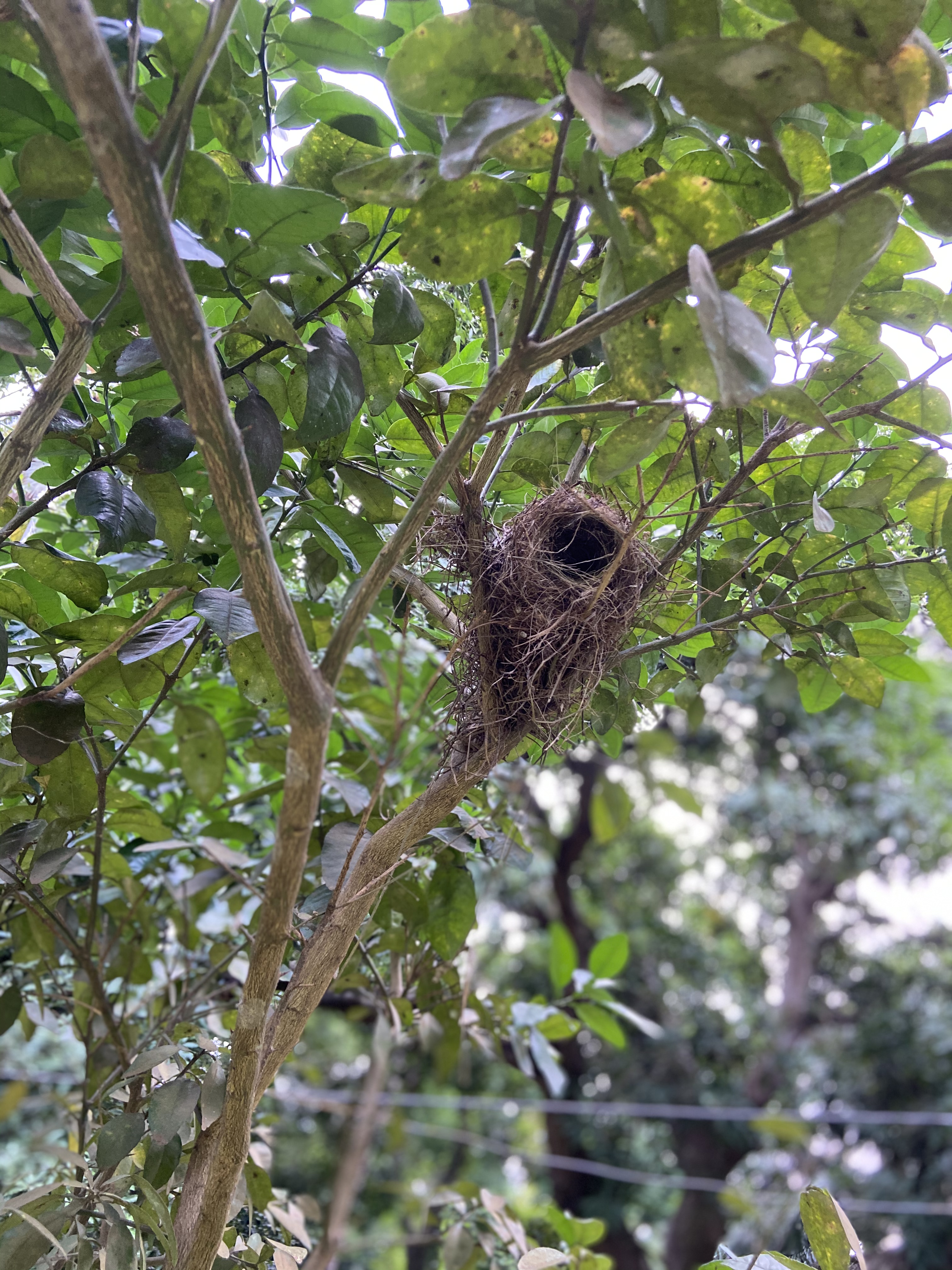
Birds exhibit fascinating behaviors when it comes to migration and selecting breeding grounds. Understanding these patterns provides valuable insights into their ecological needs and conservation efforts. In this section, we will explore long-distance and short-distance migration, as well as the significance of summer and winter breeding grounds.
Long-Distance Migration
Birds engaging in long-distance migration embark on awe-inspiring journeys, covering vast distances that often span continents or even oceans. These migrations are triggered by changes in food availability, temperature, or breeding conditions. To ensure survival, many migratory birds breed in the northern hemisphere during summer and then undertake remarkable flights to the southern hemisphere for winter.
During these long journeys, migratory birds rely on specific stopover sites to rest and refuel. Wetlands, coastal areas, and protected reserves often serve as vital stopover sites, offering abundant food resources and safe resting places for exhausted travelers.
Short-Distance Migration
In contrast to long-distance migration, short-distance migration refers to the movement of birds within a relatively confined geographical area. These migrations commonly occur between different regions or altitudes and are influenced by changes in food availability or temperature.
Some bird species undertake vertical migration, moving from higher elevations to lower elevations during winter months in search of milder climates and better foraging conditions. Others engage in lateral migration, traveling between wetland habitats or coastal areas to find abundant food resources.
Summer Breeding Grounds

Summer breeding grounds, also known as breeding habitats, play a pivotal role in the reproductive success of bird species. These areas are specifically chosen by birds to build nests and raise their young during the breeding season. Breeding grounds are characterized by an abundance of food resources, suitable nesting sites, and protection from predators.
Different bird species exhibit specific preferences for their breeding grounds, which can range from forests and grasslands to wetlands or even urban areas. For instance, forest-dwelling species may seek out dense tree canopies as ideal nesting sites, while wetland birds might choose marshes or swamps with plentiful aquatic vegetation.
Winter Breeding Grounds
Winter breeding grounds, also referred to as non-breeding or wintering habitats, are where birds spend the winter months when breeding conditions in their summer habitats are unfavorable. These locations provide birds with the necessary resources to survive during this challenging season, including food and shelter.
Winter breeding grounds vary depending on the species and their ecological requirements. Some birds may migrate to warmer regions with milder climates, such as temperate forests or coastal areas. On the other hand, certain species might remain in their summer habitats but adapt their foraging behaviors to capitalize on alternative food sources available during the winter months.
Understanding the dynamics of migration and the selection of breeding grounds is crucial for the conservation and management of avian populations. By ensuring the protection and preservation of critical stopover sites, breeding grounds, and wintering habitats, we can support the survival and well-being of these remarkable birds throughout their incredible life cycles.
Impact of Human Activity on Habitats
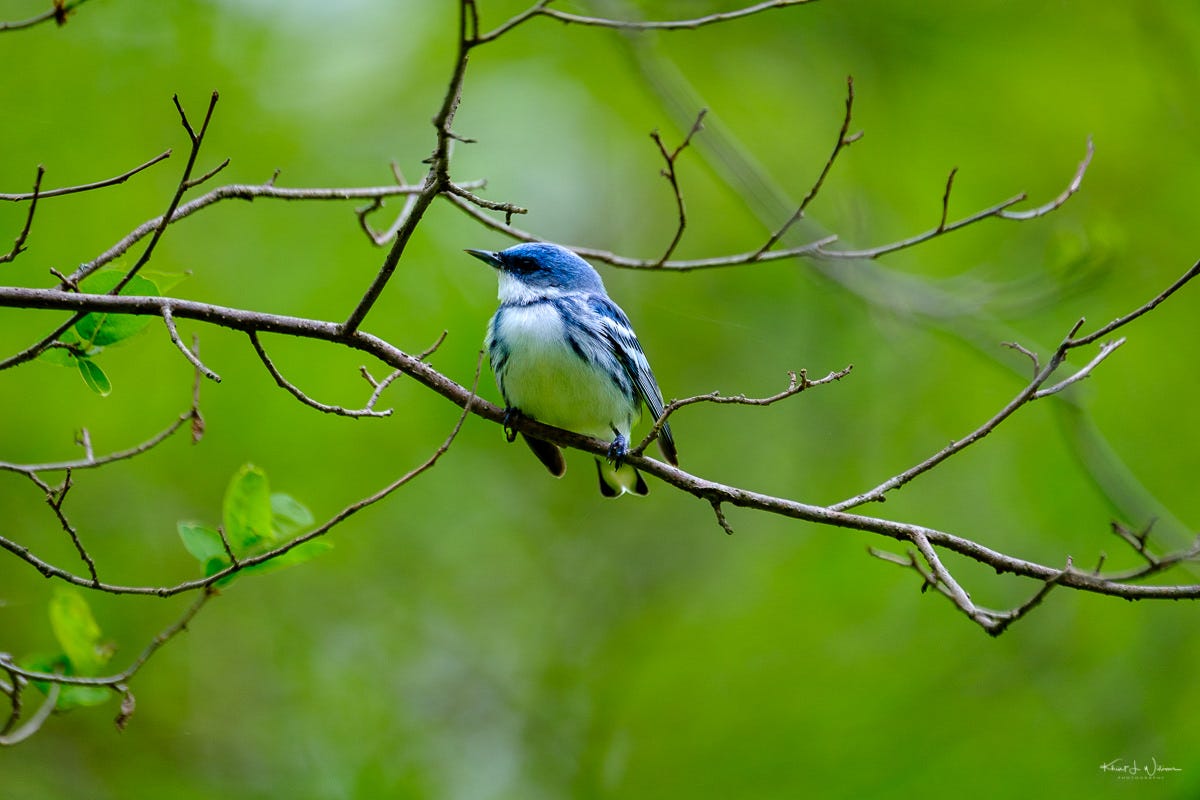
Human activity has had significant and often detrimental effects on bird habitats worldwide. The following factors illustrate the negative impacts:
Deforestation

Deforestation poses a grave threat to bird habitats as it involves the clearance of forests for agriculture, urbanization, and logging. Birds heavily rely on forests for nesting, foraging, and shelter. The loss of suitable habitats due to deforestation disrupts their ecological balance.
The removal of trees disrupts the vertical structure of the forest, leading to a scarcity of nesting sites and a reduction in the diversity of food sources for birds. Additionally, deforestation contributes to habitat fragmentation, making it challenging for birds to find suitable habitats and limiting their ability to move between different areas.
Pollution
Pollution in its various forms—air, water, and soil pollution—poses significant risks to bird habitats. Air pollution resulting from industrial and vehicular emissions introduces harmful chemicals into the environment. Birds can inhale or ingest these pollutants, leading to respiratory problems and other health issues.
Water pollution caused by the discharge of industrial and agricultural waste contaminates water bodies where birds feed and breed. This contamination can result in the decline of aquatic species, disrupting the availability of food for birds. Furthermore, soil pollution caused by the use of pesticides and chemical fertilizers harms the insects and plants that birds rely on for sustenance and nesting materials.
Introduction of Non-Native Species
The introduction of non-native species into ecosystems can have adverse effects on bird habitats. Non-native species often lack natural predators or competitors in their new environments, allowing them to proliferate at the expense of native species. These invasive species can outcompete native birds for resources such as food and nesting sites, leading to population declines and habitat degradation.
In addition, non-native plants can alter the structure and composition of habitats, affecting the availability of suitable food and nesting resources for birds. This disruption can further contribute to the decline of native bird populations.
Habitat Fragmentation

Habitat fragmentation, a consequence of human activities such as urbanization and infrastructure development, poses a significant challenge to bird habitats. As natural landscapes are fragmented into smaller, isolated patches, birds face difficulties in finding suitable habitats and establishing viable populations.
Fragmentation restricts the movement of birds between habitats, limiting their access to resources and reducing genetic diversity. It also increases the vulnerability of bird populations to the effects of environmental disturbances, such as climate change and disease outbreaks.
Destruction of Wetlands
Wetlands, vital ecosystems that support a wide variety of bird species, are under threat due to human activities. Wetland destruction, primarily driven by drainage for agriculture, urban development, and water diversion projects, has severe consequences for bird habitats.
Wetlands provide critical breeding, feeding, and resting grounds for numerous bird species, including waterfowl and wading birds. Their destruction disrupts the intricate balance of these ecosystems, leading to population declines and the loss of crucial stopover sites during migration.
The impacts of human activity on bird habitats are far-reaching and necessitate urgent conservation efforts to mitigate further damage. By addressing these issues and implementing sustainable practices, we can help protect and restore habitats, ensuring a brighter future for avian species worldwide.
Conclusion

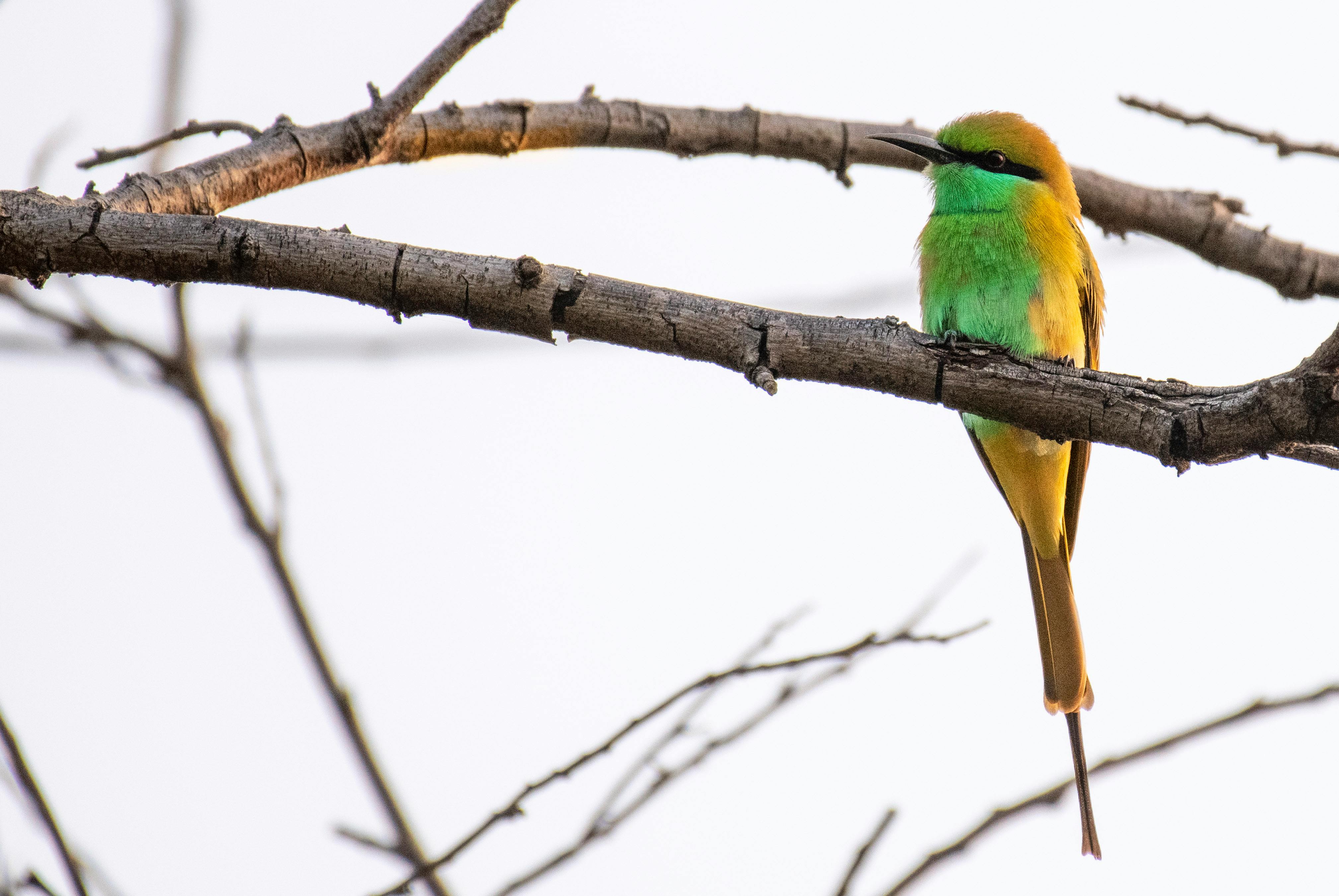
Human activity has had a profound impact on bird habitats, threatening their survival and ecological balance. Deforestation, pollution, the introduction of non-native species, habitat fragmentation, and wetland destruction are among the major factors contributing to these detrimental effects. Recognizing the importance of bird habitats and taking proactive conservation measures are crucial steps towards preserving the rich diversity of avian species and maintaining the health of our ecosystems.
Conclusion
Understanding the habitat of birds is crucial for appreciating their diversity and adaptability. Throughout this article, we have explored various habitat types, migration patterns, and the impact of human activity on these habitats.
Birds inhabit a wide range of environments, including forests, grasslands, deserts, wetlands, aquatic areas, and urban settings. Each habitat provides unique resources and challenges, shaping the behavior, diet, and physical characteristics of different bird species.
Suitable habitats are essential for birds’ survival and reproductive success, offering vital resources such as food, water, shelter, and nesting sites. However, human activities pose significant threats to bird habitats, including deforestation, pollution, introduction of non-native species, habitat fragmentation, and destruction of wetlands.
To preserve and restore bird habitats, collective action is imperative. Conservation efforts must intensify to protect natural habitats, promote reforestation and habitat restoration projects, and mitigate pollution and climate change impacts. Individuals can make a difference by supporting conservation organizations, participating in citizen science initiatives, creating bird-friendly gardens, and advocating for sustainable practices.
By taking these actions, we can help safeguard the diverse array of bird species and their habitats. The beauty and ecological importance of birds enrich our world, from the enchanting melodies of songbirds to the awe-inspiring migrations of waterfowl. Let us strive to protect their habitats and ensure a thriving future for these remarkable creatures.
Frequently Asked Questions
What is a bird’s habitat?
A bird’s habitat is the natural environment or specific area where it lives and thrives. It includes physical and biological features that provide the necessary conditions for the bird’s survival and reproduction, such as climate, vegetation, food sources, water availability, and shelter.
How do birds adapt to their habitats?
Birds adapt to their habitats through various physical and behavioral characteristics. They may have different beak shapes, wing sizes, and plumage coloration to exploit different food sources, navigate diverse landscapes, and engage in complex behaviors. Birds also adapt their nesting habits, feeding patterns, and interactions with other organisms based on the specific conditions of their habitat.
What are the different types of bird habitats?
Birds inhabit various habitat types, including forests, grasslands, deserts, wetlands, aquatic areas, and urban environments. Each habitat has its own unique characteristics and resources that shape the behavior and adaptations of the bird species found there.
How does human activity impact bird habitats?
Human activity has significant negative impacts on bird habitats. Deforestation, pollution, the introduction of non-native species, habitat fragmentation, and destruction of wetlands disrupt bird habitats, leading to population declines, loss of nesting sites, and reduced access to food and water sources.
How can we protect bird habitats?
Protecting bird habitats requires collective action. Conservation efforts should focus on preserving natural habitats, promoting reforestation and habitat restoration projects, mitigating pollution and climate change impacts, and protecting wetlands and critical stopover sites. Individuals can contribute by supporting conservation organizations, participating in citizen science initiatives, creating bird-friendly gardens, and advocating for sustainable practices.

Leave a Reply